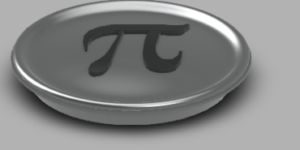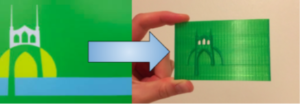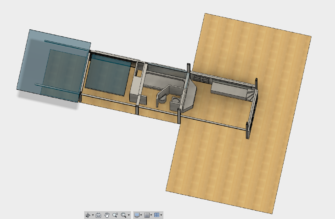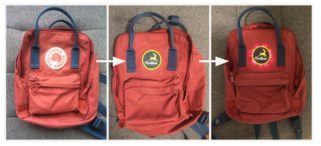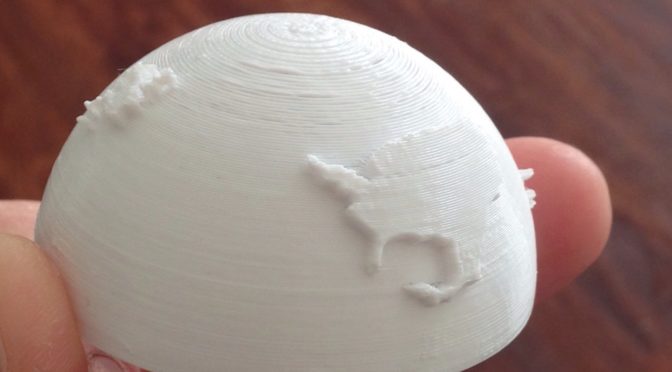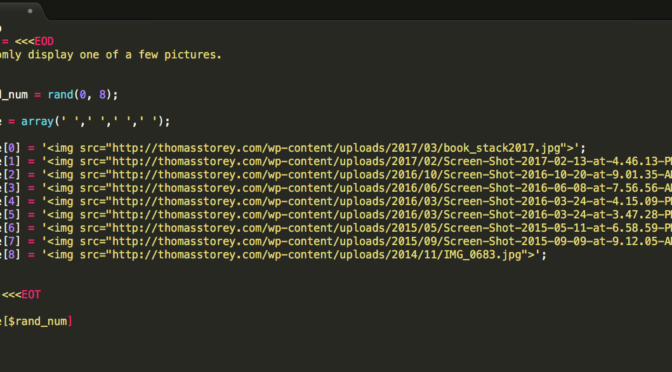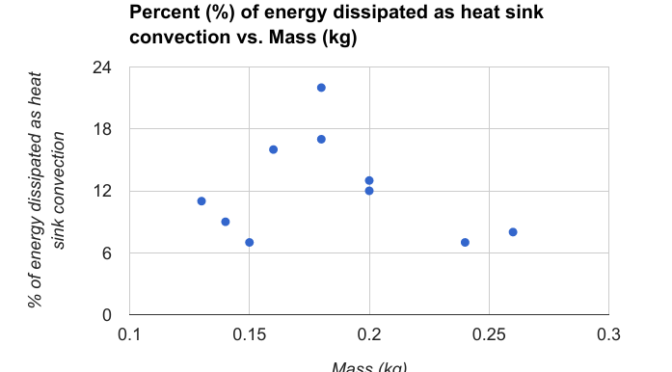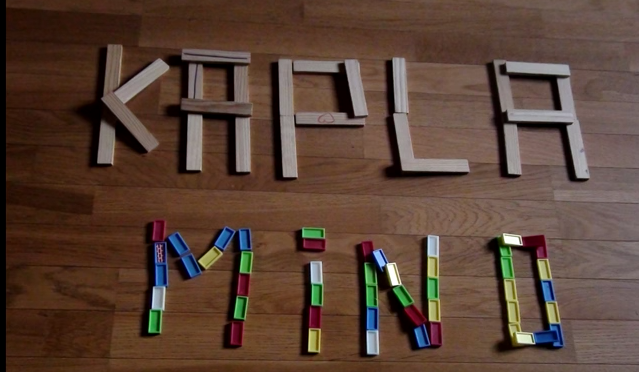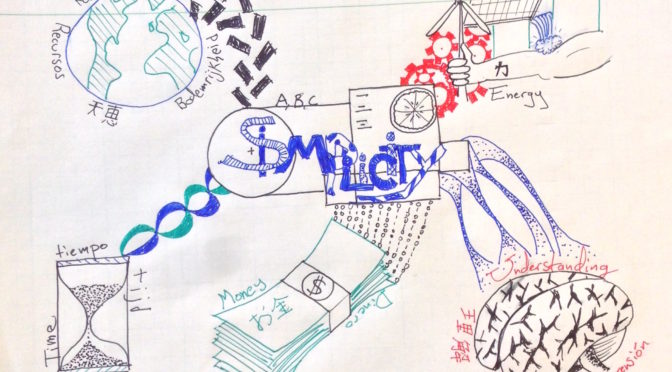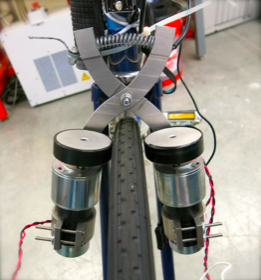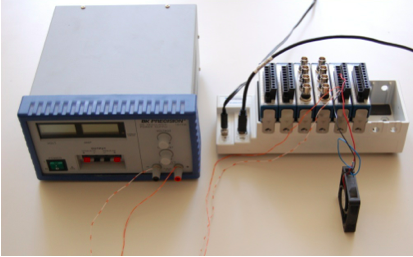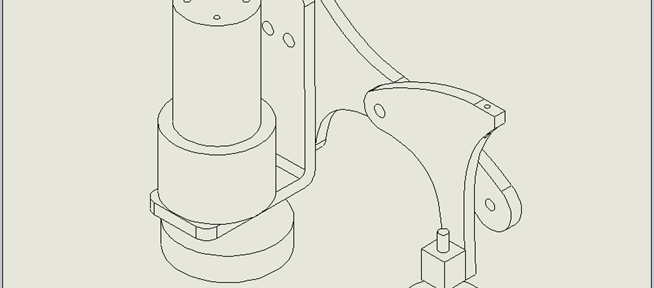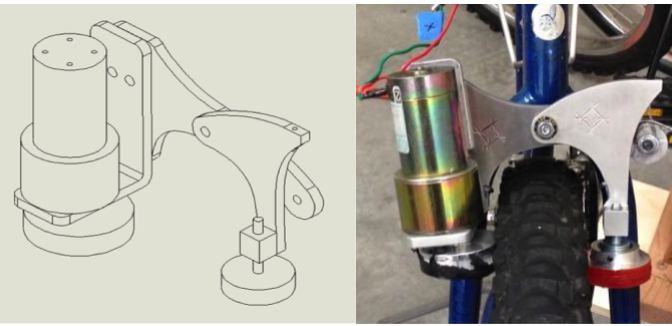Happy Pi day. You can download the 3D files at Thingverse! Then find a 3D printer, print one, and send it to someone you love! P.S. This “pi pie” should fit in the palm of your hand. UPDATE: It got printed! You may also like: 1 Day Design Project Make Something – 1 Day Design… Continue reading Print a Pi Day
Category: projects
Make Something – 1 Day Design Project
There is so much joy and learning to be had when making something! The example here uses something as simple as tracing. Pick something cool yet simple to trace. I picked my neighborhood’s flag. 2. Use a 3D drawing software (Fusion360) to create a sketch, and attach a picture. 3. Extrude your sketch… Continue reading Make Something – 1 Day Design Project
Solar House Design
1 Day Design Project: Bag Hack
Introduction My wife bought this awesome bag in Amsterdam. It’s the perfect size, functional, and stylish. After having had it for two years, it’s time for an update. She wanted to add a new patch, covering up or getting rid of the old one. Once we found the perfect patch, it was just slightly smaller… Continue reading 1 Day Design Project: Bag Hack
1 Day Design Project
Project: Replace the boring old knob on the shower exhaust fan dial. Step 1: Find your project You know what mine is, go find yours. I slid the old knob off of the wall dial and took some measurements, notes, thoughts, drawings, and now I’m ready to begin. Step 2: Do some analysis and measurements… Continue reading 1 Day Design Project
Add Some Randomness to Your (WordPress) Website
FIgure 1 – Every time you refresh the page, this book-related picture will change. Install a wordpress Plugin called (PHP Code for Posts) Then, write a simple program which randomly generates a number, then displays a certain line of code (for a picture) into the spot where you want you random pictures. I do this… Continue reading Add Some Randomness to Your (WordPress) Website
Data and Information Visualization Part II
Sometimes it is important to create your own figures when they don’t exist. (see Data and Information Visualization Part I) The example I’d like to give is from a paper titled “Thermal Performance of Domestic Replacement A19 LED Lighting Products.” The paper highlights the varied nature of LED heat sink “performance” for a given set… Continue reading Data and Information Visualization Part II
Marbles and Magnets
Simplicity in Design
Simplicity is an essential property of good design. It saves time, money, resources, and is easier to understand and analyze. A design’s simplicity is often measured by the number of parts that make it up. The fewer the parts, the simpler the design, which also means fewer opportunities for failure. CASE STUDY: REGENERATIVE BICYCLE BRAKE… Continue reading Simplicity in Design
Senior Design Project (prototype 3.0) – the final prototype
After completing the construction and testing of the “second prototype” (2.5), it was time to design, fabricate, and test the final prototype. Here are a few pictures of the final design: Check out the design optimization: and a progression of the designs through the year: Further details of the project can be found at: Bike… Continue reading Senior Design Project (prototype 3.0) – the final prototype
Labview Proportional Control Code Example
The following are a few highlights of a simple control system built this spring. As can be seen in the picture, a power source was used in conjunction with a LabVIEW DAQ and a thermocouple module with a digial output module (for pwm for the fan). A computer fan and a type K thermocouple were… Continue reading Labview Proportional Control Code Example
Senior Design Project (prototype 2.5)
Mechanical engineering students are required to complete a senior design project. What follows are a few highlights of our group’s progress so far. For a site devoted to the project, visit: Bike Brake WordPress Our project was to replace a traditional bicycle brake with a device which would slow the bike down, and capture energy… Continue reading Senior Design Project (prototype 2.5)
Arduino Regenerative Bike Brake Code
Arduino Code The following is a prototype program for a device used on a bicycle with a generator for a brake. Essentially this is a regenerative brake for a bicycle which charges a USB battery (one of the new mobile charger batteries). Thus, when you’re braking, you can charge this mobile battery up full which… Continue reading Arduino Regenerative Bike Brake Code
